I was paddling on a placid Royal River with my four-year-old son Noah kneeling in front of me on a wooden Tidal Roots stand-up-paddle (SUP) board. The water hissed quietly as it slipped under the bow. The peaceful scene was disrupted by a paddler yelling, “That is a gorgeous board!” While I’d heard praise like that more than once while using the Maine-built, bright-finished Tidal Roots board [The company is no longer in business.—Ed.] It’s not something I ever hear when I’m paddling my fiberglass-and-expanded-polystyrene-foam board made in China. Bookmatching the northern white cedar turns the variations in the wood's grain and color into appealing patterns.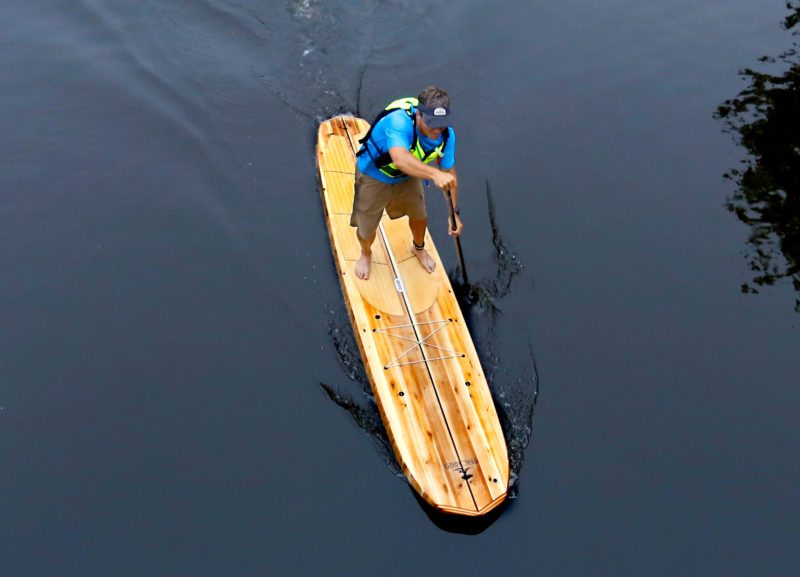 Tim Greenway
Tim Greenway
Join The Conversation
We welcome your comments about this article. To include a photo with your remarks, click Choose File below the Comment box.
One thought on “The Sand Bar by Tidal Roots”
Comments are closed.

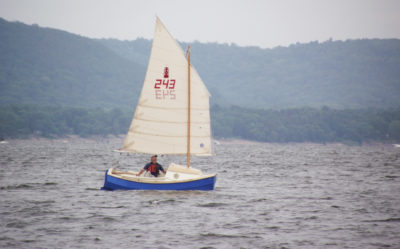
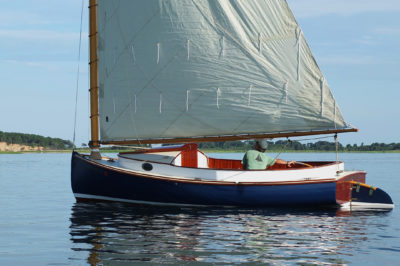
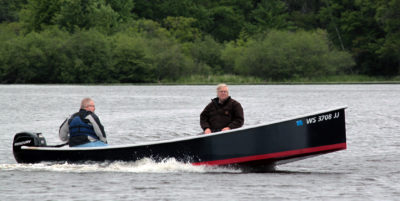
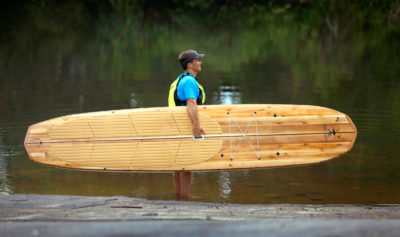
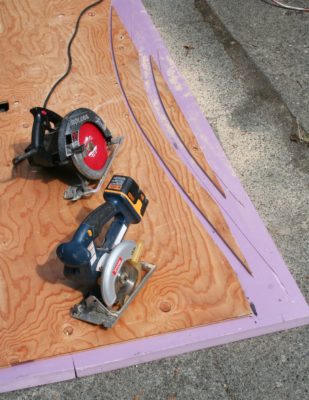
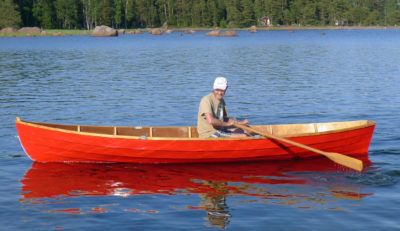


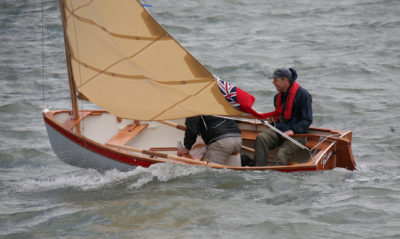
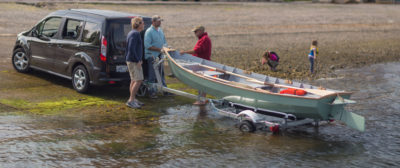
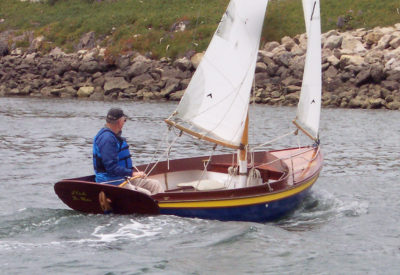
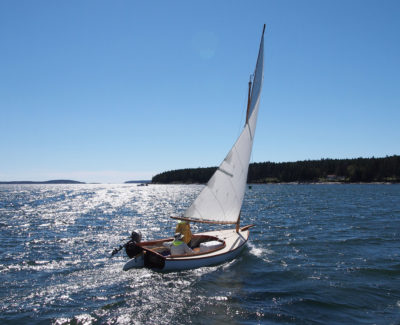
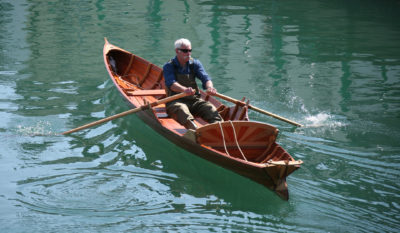
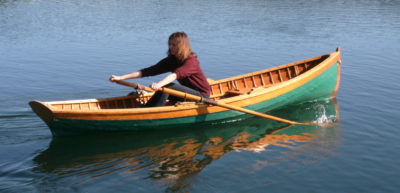
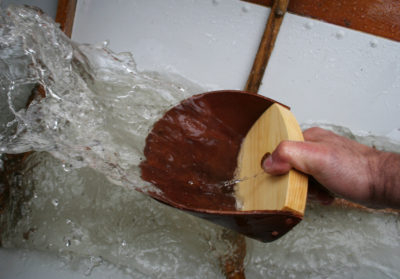
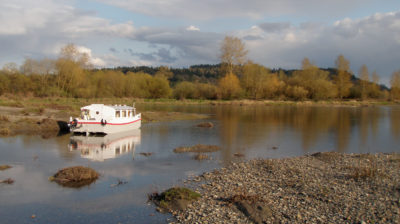
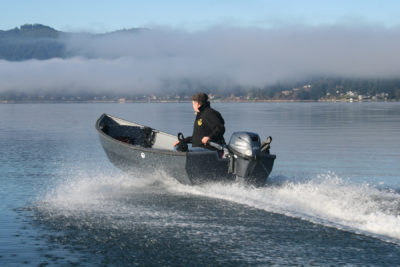
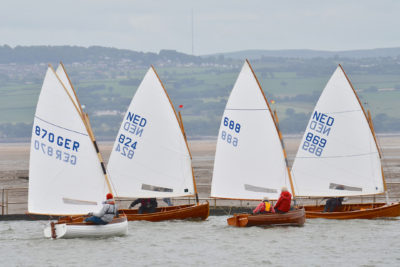


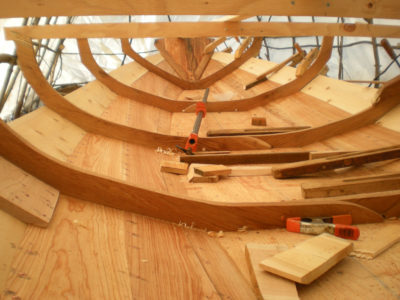
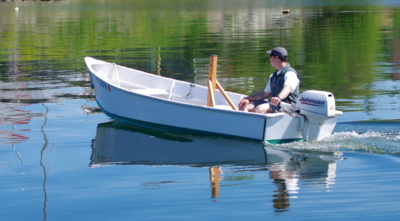
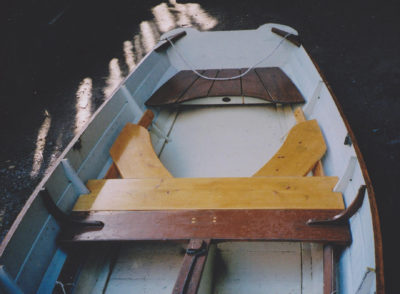
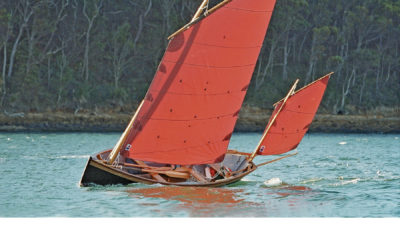
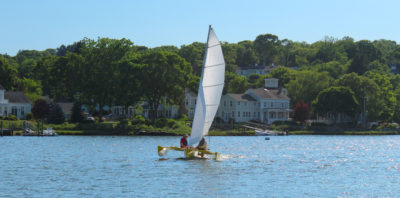

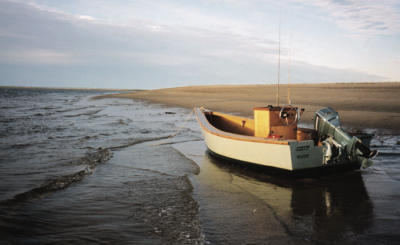
Excellent article. I particularly like the finish on the SUP board; it has a beautiful quality to it.